
Agitation and aggression are common in dementia and can be triggered by frustration, confusion, discomfort, or an unmet need. When the person you care for is upset, your response can either calm the situation or escalate it.
1. Stay Calm and Speak Gently
Your tone and body language matter just as much as your words. If you respond with frustration, their agitation may increase. Take a deep breath, lower your voice, and approach them with a relaxed posture.
Example: Instead of saying, “Stop yelling!” try, “I’m here to help. Let’s figure this out together.”
2. Identify the Cause of Agitation
Agitation often signals an unmet need. Check if they might be:
- Hungry or thirsty
- In pain or uncomfortable
- Overstimulated by noise or activity
- Feeling rushed or pressured
- Confused or frightened
Tip: If they are restless, a short walk or a quiet activity may help. If they are in pain, check for physical discomfort like tight clothing or an awkward sitting position.
3. Validate Their Emotions
Acknowledging their feelings can help diffuse agitation. Even if you don’t fully understand their distress, showing empathy can provide comfort.
Example: Instead of saying, “There’s nothing to be upset about,” try, “I see that you’re frustrated. I’m here for you.”
4. Reduce Environmental Triggers
Overstimulation or a chaotic environment can contribute to agitation. If possible:
- Dim bright lights
- Reduce background noise (turn off TV, lower voices)
- Create a quiet, familiar space
Tip: Soft music, a familiar blanket, or a favorite object can help create a sense of security.
5. Avoid Arguing or Correcting
Logical reasoning doesn’t always work in dementia care. Trying to convince them they are wrong can increase frustration.
Example: If they insist, “I need to go home,” instead of saying, “You are home,” try, “Tell me about your home. What do you love most about it?”
6. Redirect Their Attention
Shifting focus can help break the cycle of agitation. Offer a simple task or engage them in a calming activity.
Ideas:
- Look through a photo album
- Offer a snack or drink
- Hand them a soft object to hold
- Play soothing music
Example: If they are upset about missing an appointment (that no longer applies), instead of debating, say, “Let’s have some tea and talk about your favorite memories.”
7. Give Simple Choices
Feeling out of control can lead to frustration. Offering limited choices can provide a sense of autonomy.
Example: Instead of saying, “You have to take your medicine now,” try, “Would you like to take your medicine with water or juice?”
8. Use Gentle Touch (If Welcomed)
A reassuring touch on the hand or shoulder can provide comfort, but always be mindful of personal boundaries. If they pull away, respect their space.
9. Know When to Step Back
If they are extremely agitated, sometimes the best approach is to give them space and return when they have calmed down.
Tip: If the situation feels unsafe, ensure their environment is free of hazards and seek support from a healthcare provider if needed.
10. Prioritize Self-Care
Dealing with aggression or agitation can be emotionally draining. Take breaks when possible, and seek support from caregiver groups, family, or professionals.
Final Thoughts
Communicating with someone who is agitated or aggressive requires patience, empathy, and creativity. By staying calm, validating emotions, and using redirection, you can help ease their distress while maintaining a sense of connection.
Need More?
Join Our Private Caregiver Community
If you're looking for a safe space to share your caregiving experiences, ask questions, or simply connect with others who understand the challenges you face, join our private Facebook support group for caregivers. It's a supportive, empathetic community where you can find encouragement and answers when you need them most. Click here to join.
Subscribe to Our Newsletter & Download Your Free E-Book
For more valuable tips, resources, and updates on dementia care, click here to subscribe to our newsletter today!
Download Our FREE E-Book. CLICK HERE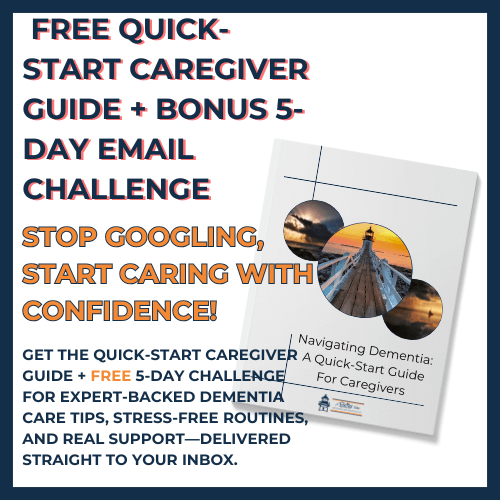

Notes
- Alzheimer's Association. (2022). Understanding and responding to dementia-related behavior.
Retrieved from: https://www.alz.org/help-support/caregiving/daily-care/dementia-behavior - National Institute on Aging. (2020). Managing personality and behavior changes.
Retrieved from: https://www.nia.nih.gov/health/managing-personality-and-behavior-changes-alzheimers - Kales, H. C., Gitlin, L. N., & Lyketsos, C. G. (2015). Assessment and management of behavioral and psychological symptoms of dementia. BMJ, 350, h369.
DOI: 10.1136/bmj.h369 - Gitlin, L. N., Kales, H. C., & Lyketsos, C. G. (2012). Nonpharmacologic management of behavioral symptoms in dementia. JAMA, 308(19), 2020–2029.
DOI: 10.1001/jama.2012.36918 - Dementia Australia. (2023). Tips for managing behavior changes.
Retrieved from: https://www.dementia.org.au/about-dementia/behaviour-changes - Mayo Clinic. (2021). Dementia: How to respond to difficult behaviors.
Retrieved from: https://www.mayoclinic.org/diseases-conditions/dementia/in-depth/dementia/art-20047575 - Brodaty, H., & Arasaratnam, C. (2012). Meta-analysis of nonpharmacological interventions for neuropsychiatric symptoms of dementia. American Journal of Psychiatry, 169(9), 946–953.
DOI: 10.1176/appi.ajp.2012.11101529 - AARP. (2021). 10 ways to handle dementia-related behavior.
Retrieved from: https://www.aarp.org/caregiving/health/info-2018/dementia-behaviors.html - Teepa Snow. (n.d.). Positive Approach to Care™: Responding to distressing behaviors.
Retrieved from: https://teepasnow.com/ - World Health Organization. (2021). Guidelines on risk reduction of cognitive decline and dementia.
Retrieved from: https://www.who.int/publications/i/item/9789241550543
The information contained in this blog post is for general educational and informational purposes only and should not be construed as legal advice, financial advice, health advice, or medical advice. The information provided is not a substitute for advice from a qualified professional who is aware of the facts and circumstances of your individual situation. We expressly recommend that you seek advice from a professional familiar with your specific situation.
Want to keep figuring this out together?
Subscribe to Finding Our Way in Dementia Care and get honest stories, helpful tips, and gentle support delivered to your inbox every week. Just real talk, grounded care, and space to breathe.
Subscribe to Finding Our Way in Dementia Care and get honest stories, helpful tips, and gentle support delivered to your inbox every week. Just real talk, grounded care, and space to breathe.
Kind truth. Clear steps. Warm guide.




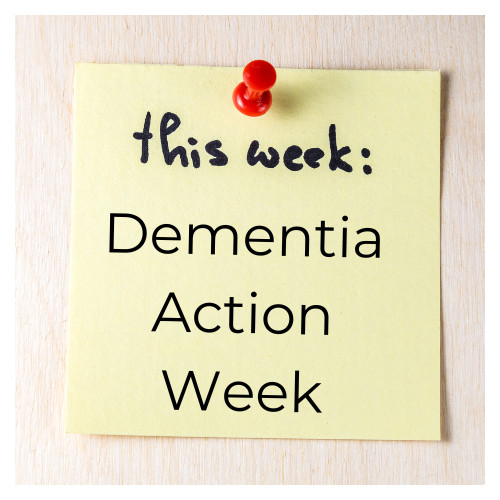
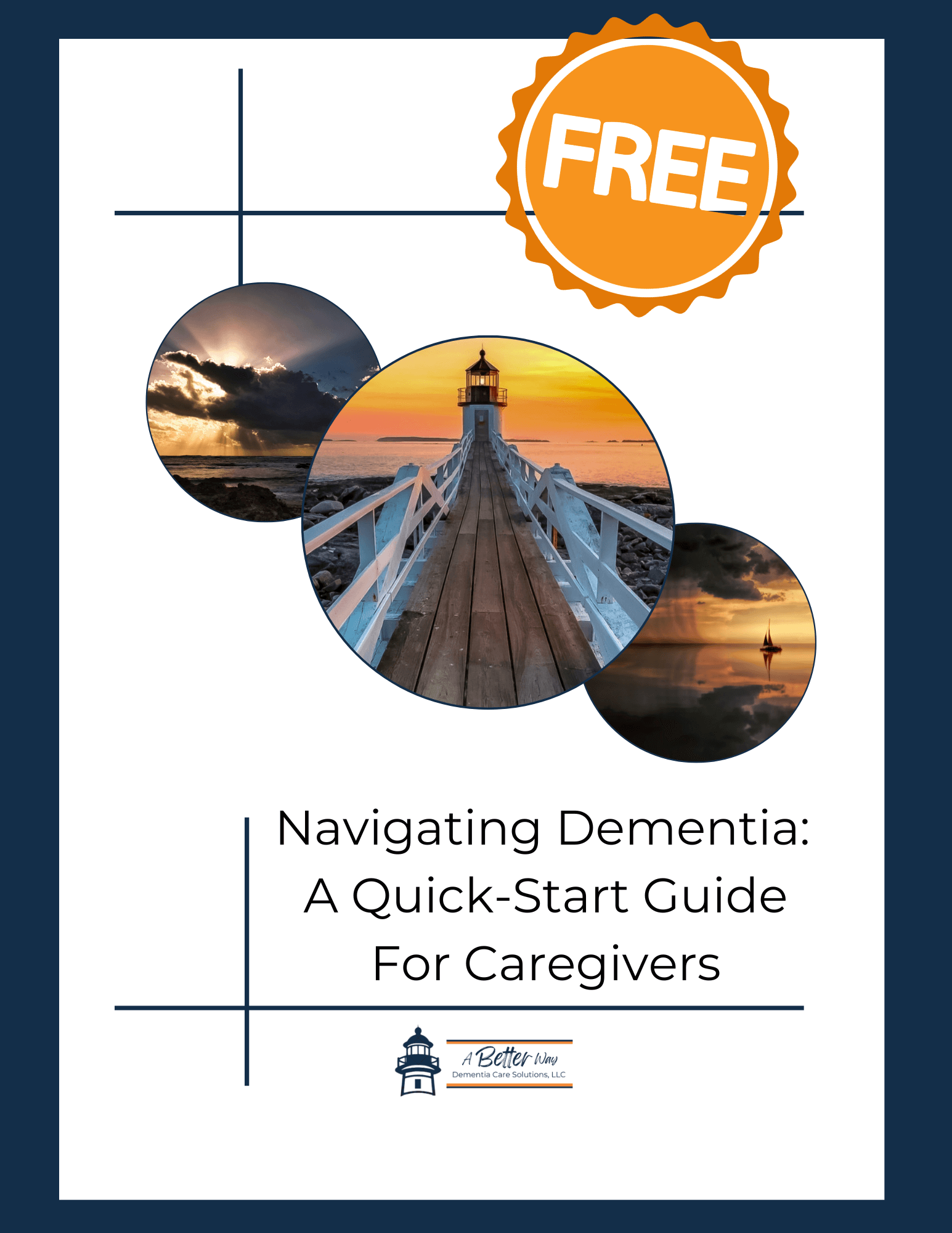






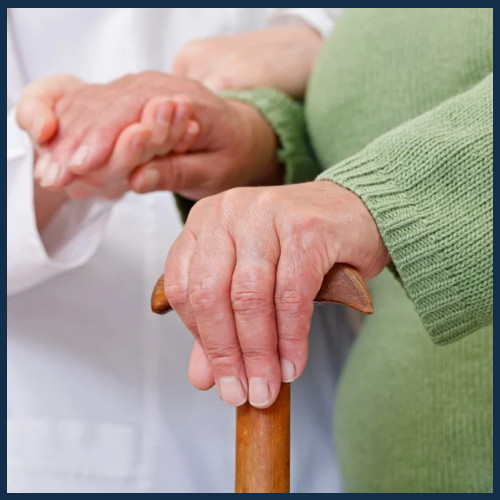


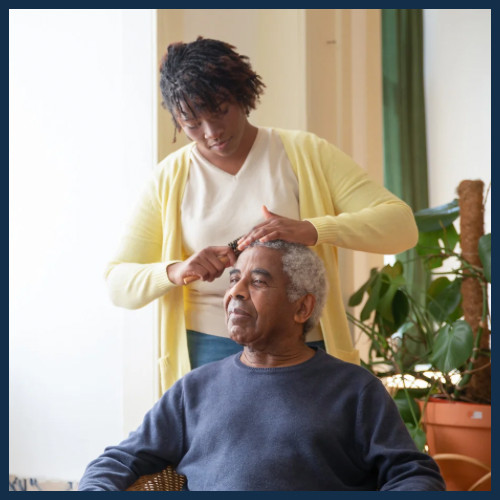

0 Comments